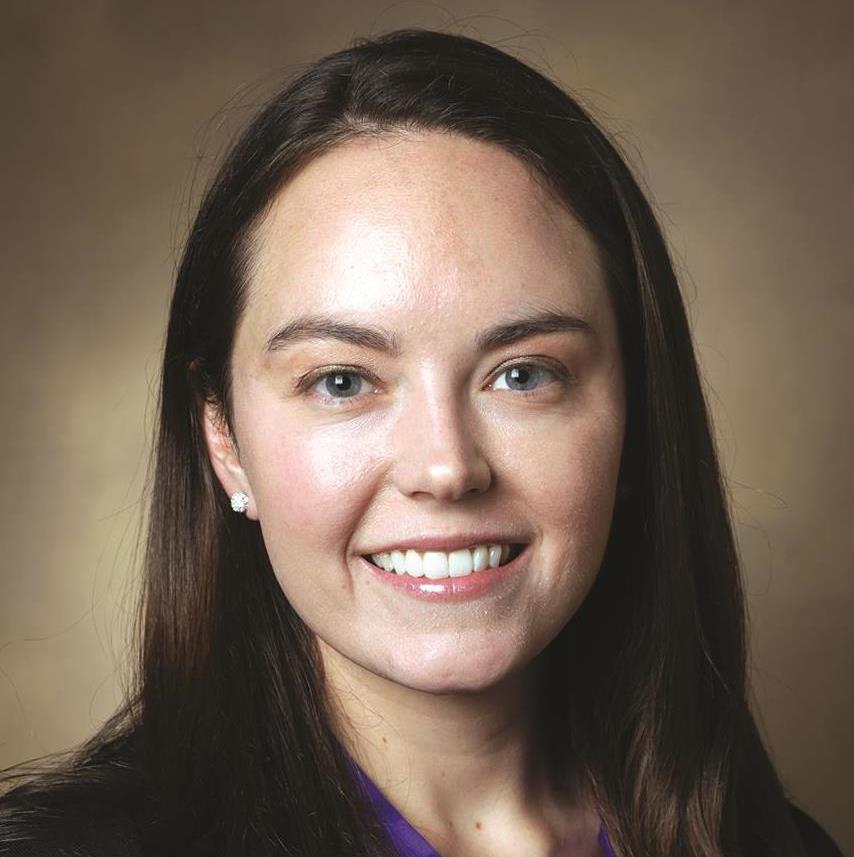User login
EDINBURGH – U.S. military personnel deployed overseas during the past decade have increased risk factors for skin cancer, a new survey suggests.
Researchers reported that 77% of veterans were exposed to 4 or more hours of bright sun during a typical day, but only 27% had ready access to sunscreen while working. Another 32% had no access to sunscreen.
A full 62% of veterans reported getting sunburned while deployed, with 42% having two or more sunburns, 16% four or more sunburns, and 15% at least one blistering sunburn.
Twenty-nine percent of veterans noticed changes in size, shape, or color of moles since deployment, but only 4% reported receiving a skin exam by a physician since returning home.
“This study demonstrates room for improvement for skin cancer prevention in veterans’ populations,” dermatologist Jennifer Powers of Vanderbilt University, Nashville, Tenn., reported at the 15th World Congress on Cancers of the Skin.
The 30-question survey was given to U.S. military workers engaged in Operation Enduring Freedom, Operation Iraqi Freedom, or Operation New Dawn presenting at the Nashville postdeployment clinic, Tennessee Valley Healthcare System, U.S. Department of Veterans. The combat missions occurred at a more equatorial latitude than the mean center of the United States population, increasing the potential for ultraviolet exposure and the development of skin cancer, Dr. Powers noted.
Of the 197 respondents, 64% identified as white, 22% as African American, and 8% as Hispanic. Almost half (48%) were fair-skinned.
Only 22% of veterans reported being made very aware of the risks of skin cancer, compared with 41% who reported not being made aware at all.
Dr. Powers highlighted a prior retrospective review of tumor registries showing that the melanoma incidence increased from 1990-1994 to 2000-2004 among white active-duty military personnel and that rates were significantly higher among those 45 years or older (Cancer Epidemiol. Biomarkers Prev. 2011;20:318-23).
The congress was sponsored by the Skin Cancer Foundation.
EDINBURGH – U.S. military personnel deployed overseas during the past decade have increased risk factors for skin cancer, a new survey suggests.
Researchers reported that 77% of veterans were exposed to 4 or more hours of bright sun during a typical day, but only 27% had ready access to sunscreen while working. Another 32% had no access to sunscreen.
A full 62% of veterans reported getting sunburned while deployed, with 42% having two or more sunburns, 16% four or more sunburns, and 15% at least one blistering sunburn.
Twenty-nine percent of veterans noticed changes in size, shape, or color of moles since deployment, but only 4% reported receiving a skin exam by a physician since returning home.
“This study demonstrates room for improvement for skin cancer prevention in veterans’ populations,” dermatologist Jennifer Powers of Vanderbilt University, Nashville, Tenn., reported at the 15th World Congress on Cancers of the Skin.
The 30-question survey was given to U.S. military workers engaged in Operation Enduring Freedom, Operation Iraqi Freedom, or Operation New Dawn presenting at the Nashville postdeployment clinic, Tennessee Valley Healthcare System, U.S. Department of Veterans. The combat missions occurred at a more equatorial latitude than the mean center of the United States population, increasing the potential for ultraviolet exposure and the development of skin cancer, Dr. Powers noted.
Of the 197 respondents, 64% identified as white, 22% as African American, and 8% as Hispanic. Almost half (48%) were fair-skinned.
Only 22% of veterans reported being made very aware of the risks of skin cancer, compared with 41% who reported not being made aware at all.
Dr. Powers highlighted a prior retrospective review of tumor registries showing that the melanoma incidence increased from 1990-1994 to 2000-2004 among white active-duty military personnel and that rates were significantly higher among those 45 years or older (Cancer Epidemiol. Biomarkers Prev. 2011;20:318-23).
The congress was sponsored by the Skin Cancer Foundation.
EDINBURGH – U.S. military personnel deployed overseas during the past decade have increased risk factors for skin cancer, a new survey suggests.
Researchers reported that 77% of veterans were exposed to 4 or more hours of bright sun during a typical day, but only 27% had ready access to sunscreen while working. Another 32% had no access to sunscreen.
A full 62% of veterans reported getting sunburned while deployed, with 42% having two or more sunburns, 16% four or more sunburns, and 15% at least one blistering sunburn.
Twenty-nine percent of veterans noticed changes in size, shape, or color of moles since deployment, but only 4% reported receiving a skin exam by a physician since returning home.
“This study demonstrates room for improvement for skin cancer prevention in veterans’ populations,” dermatologist Jennifer Powers of Vanderbilt University, Nashville, Tenn., reported at the 15th World Congress on Cancers of the Skin.
The 30-question survey was given to U.S. military workers engaged in Operation Enduring Freedom, Operation Iraqi Freedom, or Operation New Dawn presenting at the Nashville postdeployment clinic, Tennessee Valley Healthcare System, U.S. Department of Veterans. The combat missions occurred at a more equatorial latitude than the mean center of the United States population, increasing the potential for ultraviolet exposure and the development of skin cancer, Dr. Powers noted.
Of the 197 respondents, 64% identified as white, 22% as African American, and 8% as Hispanic. Almost half (48%) were fair-skinned.
Only 22% of veterans reported being made very aware of the risks of skin cancer, compared with 41% who reported not being made aware at all.
Dr. Powers highlighted a prior retrospective review of tumor registries showing that the melanoma incidence increased from 1990-1994 to 2000-2004 among white active-duty military personnel and that rates were significantly higher among those 45 years or older (Cancer Epidemiol. Biomarkers Prev. 2011;20:318-23).
The congress was sponsored by the Skin Cancer Foundation.
AT WCCS 2014
Key clinical point: Skin cancer prevention can be improved among U.S. military personnel.
Major finding: Seventy-seven percent of veterans were exposed to 4 or more hours of bright sun during a typical day, but 27% had ready access to sunscreen.
Data source: Survey of 197 recent veterans.
Disclosures: Dr. Powers reported no conflicts of interest. The study was supported by the Nashville Tennessee Valley Healthcare System, which employs some of the coauthors.

